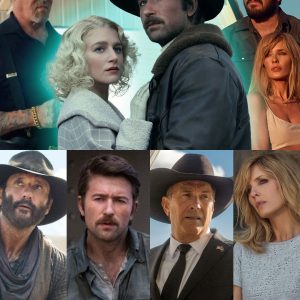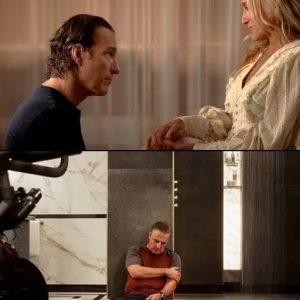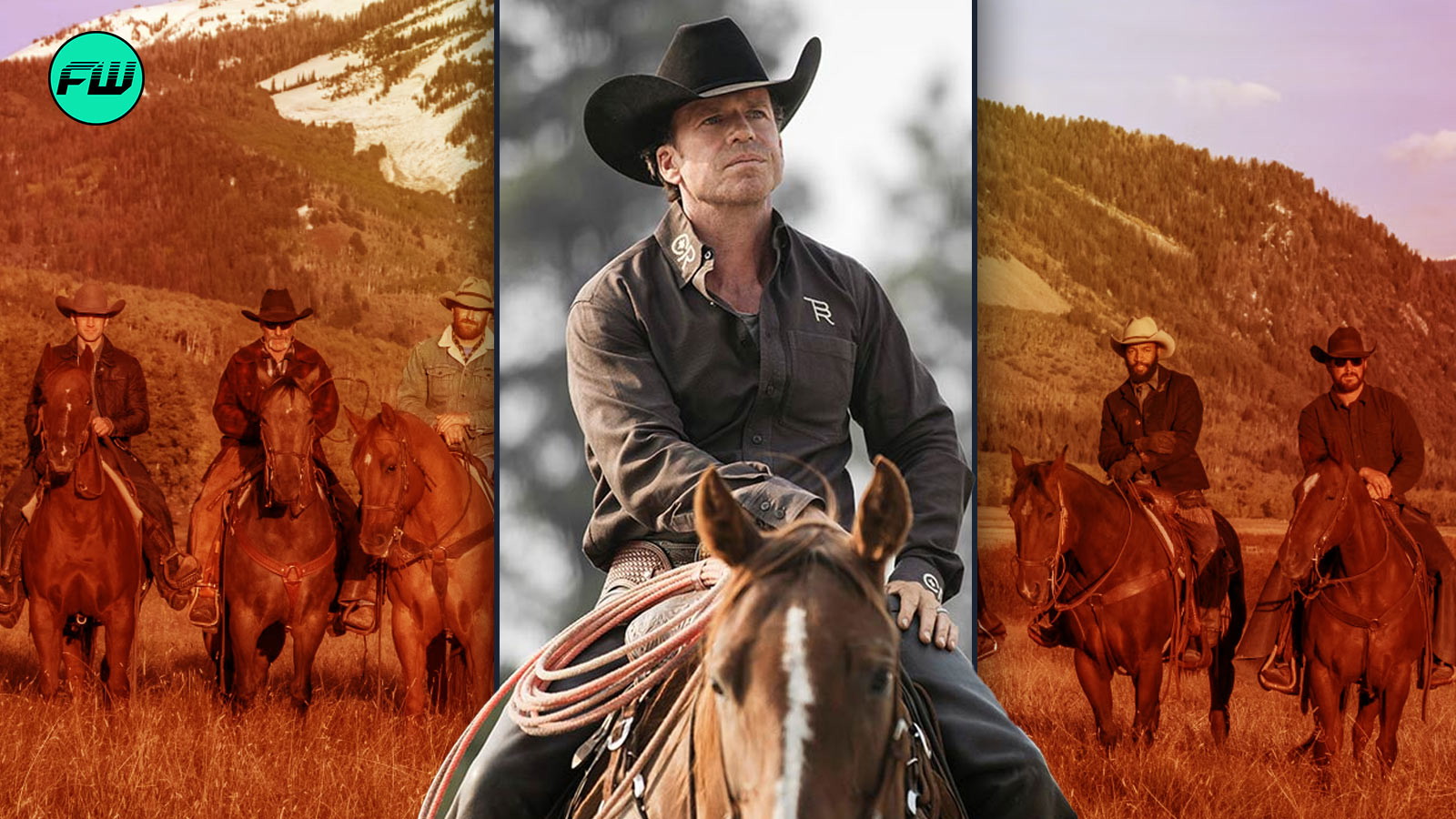
“Logic will get you from A to B. Imagination will take you everywhere,” Albert Einstein once said. But we’re convinced he never had to die from a rattlesnake to the cheek on national television. If you’ve seen Josh Holloway’s demise as Roarke in Yellowstone Season 4, you know exactly what we mean.
There’s drama, there’s venom, and there’s one very offended jugular vein. Holloway himself wasn’t sold on the science-defying speed of his character’s death and even argued his case to Taylor Sheridan. The latter, however, didn’t budge.
After all, drama thrives on exaggeration, not peer-reviewed biology.
Josh Holloway vs. Taylor Sheridan: Venom with a side of debate?
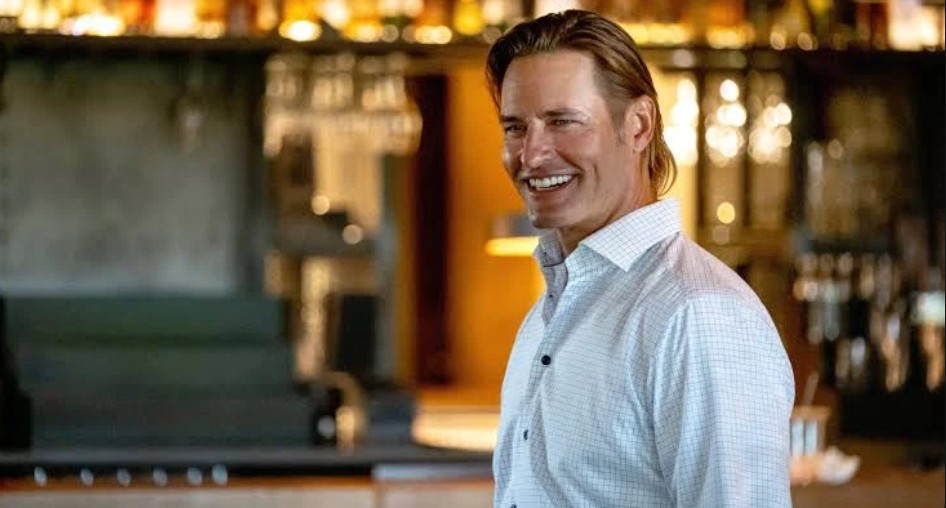
Josh Holloway in a still from Yellowstone | Paramount Pictures
If someone told you that you’d be killed on-screen by a reptile that popped out of a cooler, you’d probably raise a brow too. And Josh Holloway did more than that. He flat-out challenged Yellowstone creator Taylor Sheridan’s logic.
Holloway suggested a more anatomically accurate target—“At least do the jugular,” he said (USA Today), trying to strike a deal between believability and drama. Sheridan shrugged it off. “But it looks better here,” he replied.
And that was that. To quote Holloway:
We talked about that, Taylor and I. I said, at least do the jugular, so we could at least say it was a direct shot. We could say that. And he was like, ‘But it looks better here.’ And I was like, ‘But I wouldn’t die that fast!’.
Holloway didn’t get his anatomical justice. Instead, he got two fang marks and a death scene wrapped in creative liberties.

A still from Taylor Sheridan’s Yellowstone | Paramount Pictures
Now, we’ve seen plenty of TV deaths. Some noble. Some gruesome. Some hilariously overdone. But Roarke’s demise? That one sticks. Rip Wheeler, played by Cole Hauser, strolls up like a man who’s done this sort of thing before. He cracks open a hard-sided, duct-taped cooler. Out comes an angry rattlesnake. Next thing you know, Roarke is on the ground.
Holloway revealed that while real rattlesnakes were used for sound and atmosphere, the actual strike scene used a lifelike prop. “For the close-up, you have to act backwards,” he explained. He had to pretend he was bitten, then physically remove the snake… and editing would later reverse it to make it look like an attack.
He admitted it felt ridiculous at the time. But the end result? Strangely compelling. Even the rattle sounds had cast and crew spellbound. “When they made that [rattling] noise, everyone was just like, ‘Wow,’” Holloway shared.
What was the pivotal death that reshaped Yellowstone’s soul?
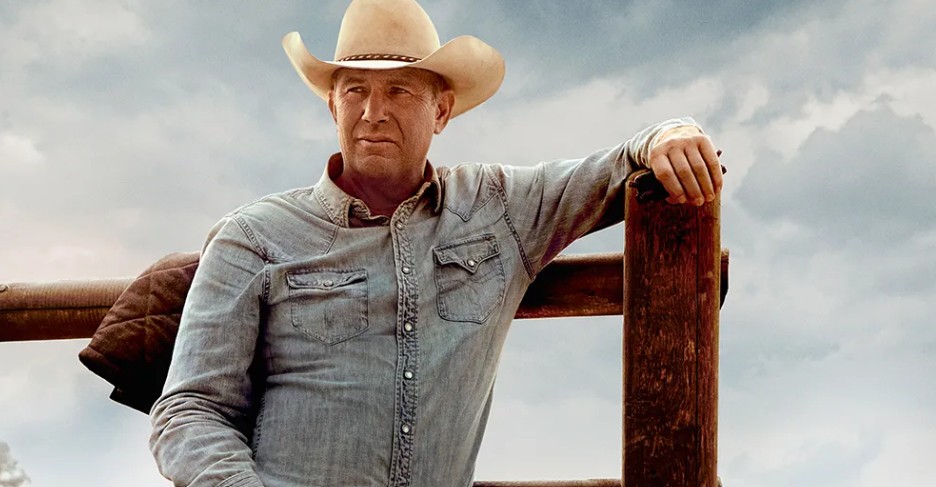
Kevin Costner as John Dutton in Yellowstone | Credits: Paramount Plus
Arguably, the most indelible death in the Yellowstone saga belongs to Kevin Costner’s John Dutton. He isn’t merely a character; he embodies the very essence of this neo-Western epic—an iron-willed patriarch navigating the unforgiving tides of contemporary life, all while clutching desperately to the reins of the Yellowstone Dutton Ranch.
John Dutton’s death in the fifth season of Yellowstone was not just a plot point but a seismic moment that irrevocably altered the franchise’s trajectory.
Fans were caught off guard and heartbroken when John Dutton’s story concluded at the outset of season five, part two. Yet, beneath the heartbreak lies a carefully architected narrative design: John’s demise was always intended as the catalyst for his son Kayce, portrayed by Luke Grimes, to carry forth a poignant vision—to transfer the ancestral land back to the rightful Indigenous heirs.
It’s a narrative bold enough to challenge traditional Western tropes, anchoring Taylor Sheridan’s Yellowstone in a more complex reckoning with heritage and justice.


